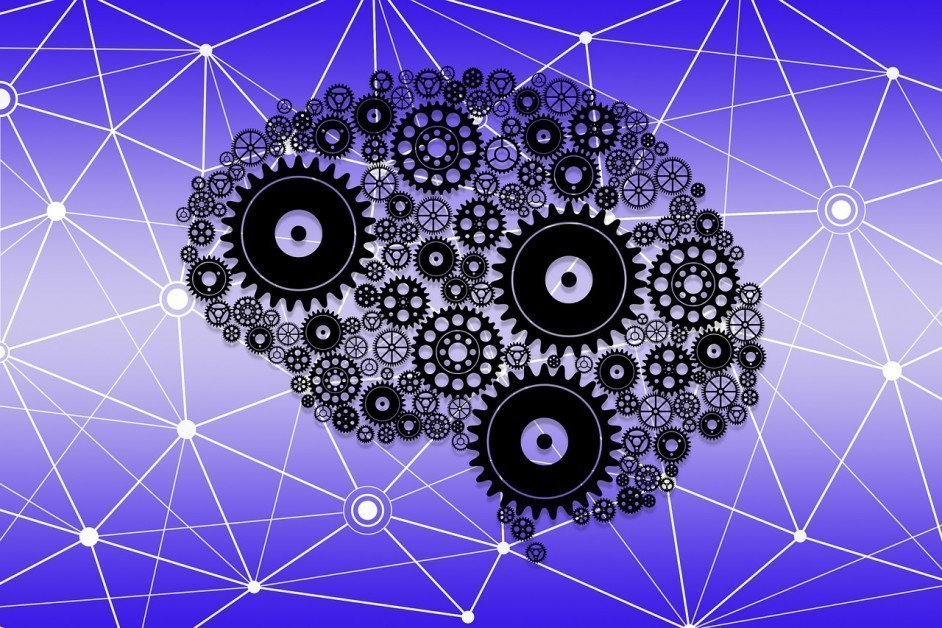Artificial General Intelligence
Researchers Find That Learning Can Be Mimicked in Synthetic Matter

Researchers at Rutgers University have found that learning can be mimicked in synthetic matter. Learning is a key feature of intelligence, and the new finding could have big implications for algorithm development in artificial intelligence (AI).
The new study was published in the journal PNAS.
Fundamental Characteristic of Humans
The fundamental characteristic of learning in humans has been the inspiration for the development of many AI technologies, and it enables them to adapt to changing conditions and environments. However, AI is often focused on emulating human logic. The new discovery by the researchers provides a path to mimicking human cognition in devices that can learn, remember, and make decisions similar to humans and our brains.
By creating this in the solid state, new algorithms in AI and neuromorphic computing could be developed with the flexibility to address uncertainties, contradictions and other similar aspects present in our daily lives. Neuromorphic computing builds artificial nerve systems to transfer electrical signals that mimic brain signals, and it does this to mimic the overall neural structure and operation of the human brain.
The researchers at Rutgers were joined by colleagues at Purdue, the University of Georgia, and Argonne National Laboratory.
Nickel Oxide’s Role
Together, the researchers studied how electrical conductivity of nickel oxide, which is a special type of insulating material, responded after its environment was changed multiple times over various time intervals.
Subhashish Mandal is a postdoctoral associate in the Department of Physics and Astronomy at Rutgers-New Brunswick.
“The goal was to find a material whose electrical conductivity can be tuned by modulating the concentration of atomic defects with external stimuli such as oxygen, ozone and light,” said Mandal. “We studied how this material behaves when we dope the system with oxygen or hydrogen, and most importantly, how the external stimulation changes the material's electronic properties.”
One of the researchers’ findings was that when gas stimuli changed rapidly, the material couldn’t respond in full. Instead, it remained in an unstable state in either environment while its response began to decrease.
The researchers then introduced a noxium stimulus like ozone, and the material responded more strongly before decreasing again.
“The most interesting part of our results is that it demonstrates universal learning characteristics such as habituation and sensitization that we generally find in living species,” Mandal said. “These material characteristics in turn can inspire new algorithms for artificial intelligence. Much as collective motion of birds or fish have inspired AI, we believe collective behavior of electrons in a quantum solid can do the same in the future.
“The growing field of AI requires hardware that can host adaptive memory properties beyond what is used in today's computers,” he continued. “We find that nickel oxide insulators, which historically have been restricted to academic pursuits, might be interesting candidates to be tested in future for brain-inspired computers and robotics.”














